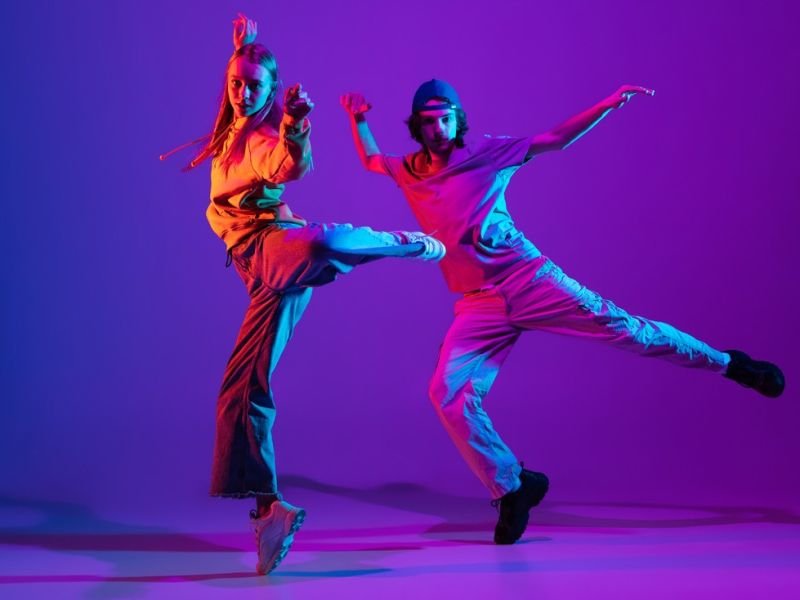The History of Ballet
Ballet has its roots in Renaissance Italy, where it originated as a court dance during the 15th and 16th centuries. It was later developed and codified in France by King Louis XIV, who established the first ballet academy, known as the Royal Academy of Dance, in the 17th century. Over the centuries, ballet evolved into a highly technical and disciplined form of dance, with its own vocabulary and set of movements.
Key Elements and Techniques of Ballet
Ballet is characterized by its emphasis on fluidity, grace, and control. Dancers perform intricate and precise movements, often on the tips of their toes, known as pointe work. This requires years of training and a strong foundation in ballet technique. Key elements of ballet include turnout, which is the rotation of the legs outward from the hips, and the five positions of the feet, which form the basis of ballet movement.

Famous Ballets and Dancers
Throughout history, ballet has produced numerous iconic works and performers that have left a lasting impact on the art form. Some of the most famous ballets include “Swan Lake,” “The Nutcracker,” and “Giselle.” These ballets tell captivating stories through movement and music, showcasing the range of emotions and technical prowess of the dancers. Legendary ballet dancers such as Rudolf Nureyev, Mikhail Baryshnikov, and Margot Fonteyn have brought these ballets to life and become synonymous with excellence in the world of dance.
The Significance of Ballet in the Performing Arts
Ballet holds a unique place in the performing arts, as it combines physicality, emotion, and storytelling in a visually stunning way. It is often referred to as the foundation of all dance forms, as many other dance styles draw inspiration from ballet techniques and principles. Ballet also plays a crucial role in training dancers across various genres, as it provides a strong technical foundation and cultivates discipline and artistry. Additionally, ballet performances continue to attract audiences worldwide, with their ability to transport viewers to a world of beauty, grace, and emotion.
Breakdancing Basics: A Guide to Breaking’s History and Moves
To learn more about a different style of dance, check out our article on breakdancing basics. Explore the history, moves, and cultural significance of breakdancing, also known as b-boying or breaking.
Get Inspiration For Education!
Interested in discovering more fun and educational facts? Visit Kidadl for 47 mind-blowing facts about breakdancing that will expand your knowledge and appreciation for this energetic dance style.
What makes ballet unique compared to other dance styles?
How has ballet influenced other dance styles?
For more information about ballet and its significance, visit the Dance Competitions – competes.tv website. To explore the concept of authority websites and how to gain links from them, check out this article on how to find authority websites and get links from them.
